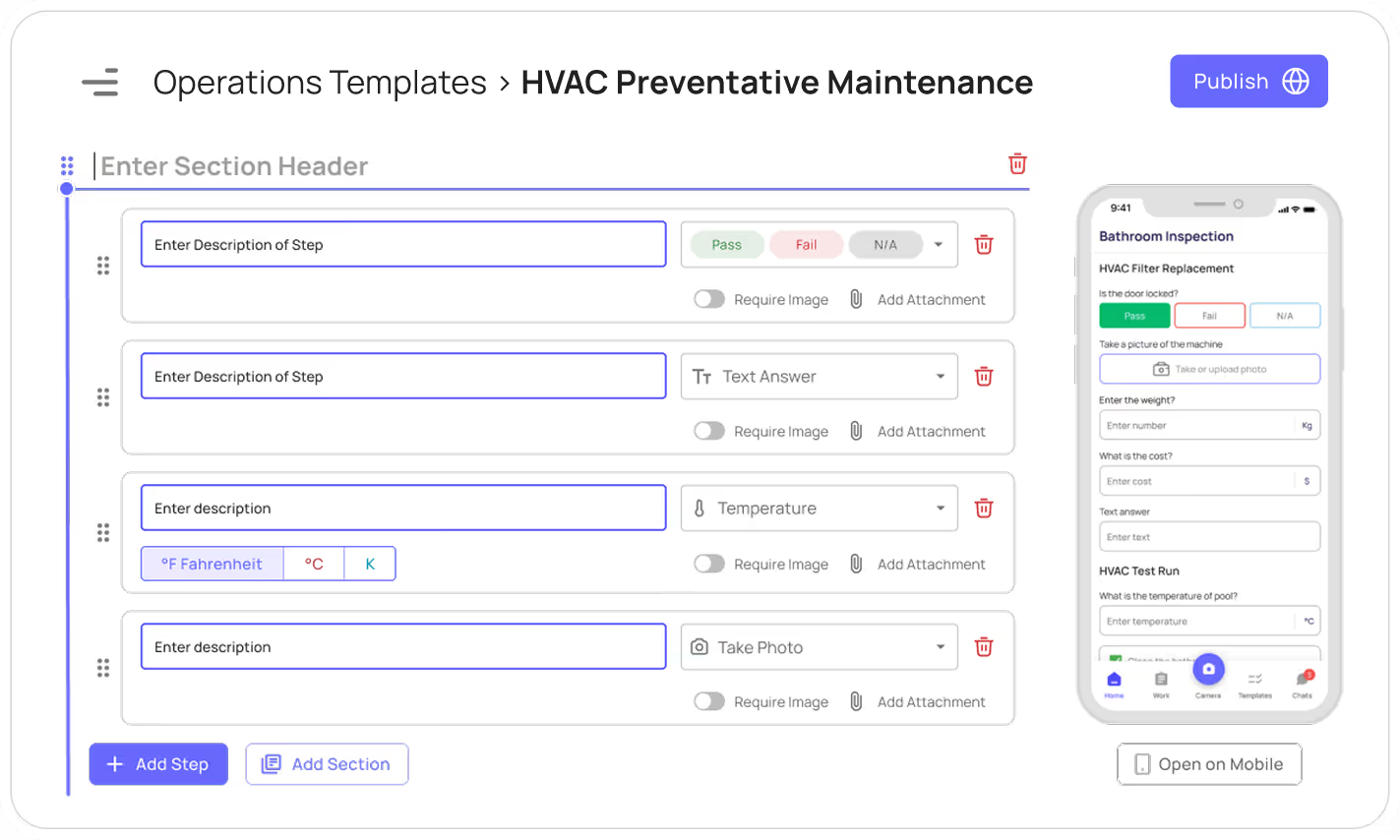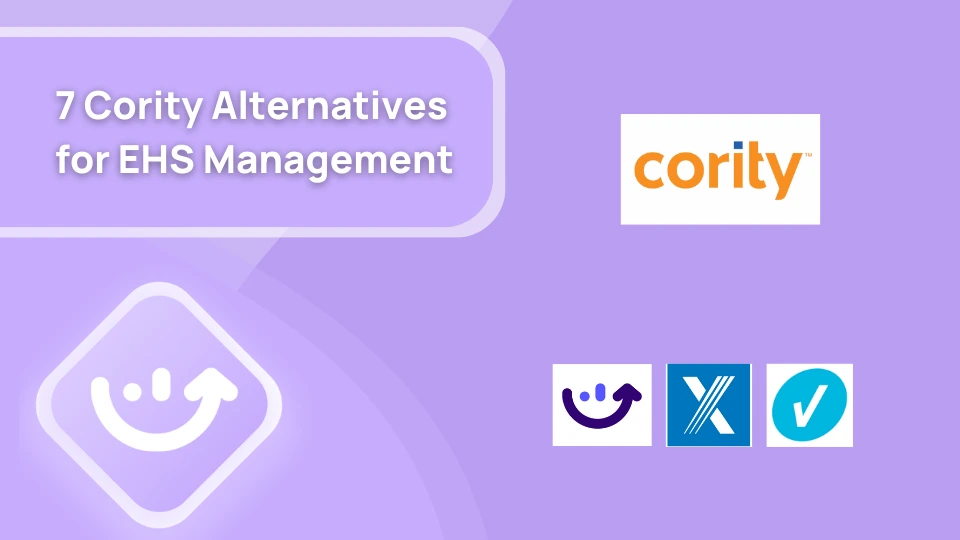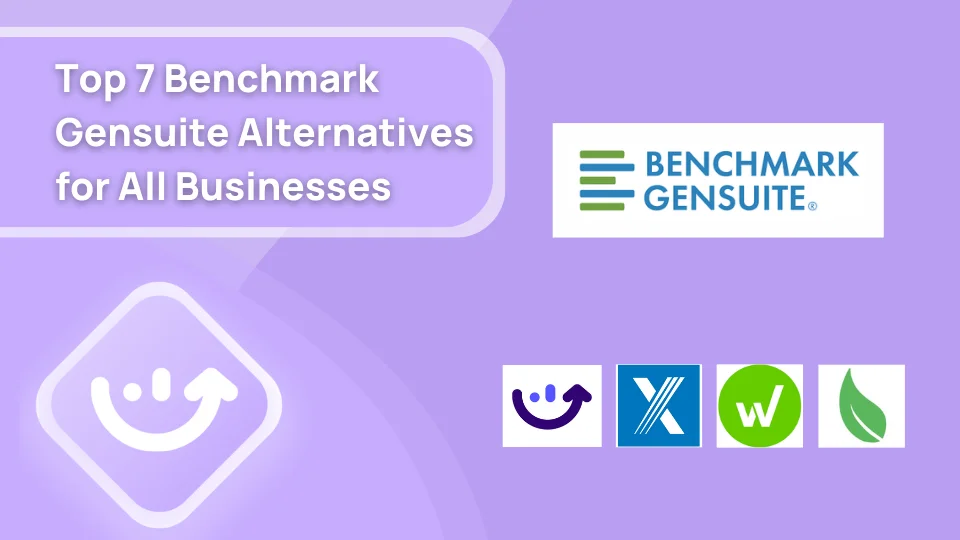Unleash Operational Excellence with Digital Inspections and Audits
.avif)

.svg)










.webp)
.webp)


.webp)







Elevate Inspections with Automation Workflows




.avif)
Ensure every issue is addressed and resolved





Foster a Safe Working Environment for Your Team and Customers
.svg)
.svg)
.svg)
.svg)
Try Xenia Out For Free and Streamline Operations
.svg)


Uphold Excellence in Every Aspect of Your Operations





Keep Your Assets in Optimal Condition





Optimize Your Processes for Maximum Efficiency





Stay Ahead of Regulations to Ensure Seamless Operations
.svg)
.svg)
.svg)
.svg)

Harness Data-Driven Insights to Fuel Performance




Experience the Benefits of Digital Workflows
Eliminate Unnecessary Steps
.gif)
Say Goodbye to Errors
.gif)
Enhance Communication and Transparency
Xenia offers real-time notifications and updates, ensuring all team members are synced and aware of the task status, promoting effective collaboration.
.gif)
Safeguard Your Information
.gif)
Grow with Ease
.gif)
Save a Tree, Go Paperless
.gif)
Leverage Powerful Analytics
.gif)
Frequently Asked Questions
Got a question? Find our FAQs here. If your question hasn't been answered here, contact us.
How does the use of inspection audit software streamline the facilities inspection process?

An inspection audit software automates and digitizes the inspection process, allowing facilities to schedule, conduct, and document inspections more efficiently.
Through customizable checklists, automated reminders, and real-time reporting capabilities, the software ensures thoroughness and consistency in inspections while reducing the administrative burden on facility managers.
What are the benefits of integrating work orders with facilities inspections and audits?

Integrating work orders with facilities inspections and audits streamlines maintenance workflows by enabling seamless communication and action on identified issues.
When an inspection uncovers maintenance needs or deficiencies, work orders can be automatically generated and assigned to the appropriate personnel for resolution.
This integration ensures that identified issues are addressed promptly, minimizing downtime, and maximizing the operational efficiency of facilities.
What are some best practices for conducting effective facilities inspections and audits?

Effective facilities inspections and audits involve thorough planning, clear communication, and systematic execution.
Some of the best practices include establishing standardized inspection protocols and checklists, training staff on inspection procedures, and conducting regular inspections at scheduled intervals.
How can facilities leverage data from inspections and audits to improve overall operations and maintenance practices?

Data collected from inspections and audits provide valuable insights into the condition of facilities, equipment performance, and compliance with regulatory standards.
By analyzing this data, facilities can identify trends, prioritize maintenance activities, and implement preventive measures to address recurring issues.
Moreover, leveraging data analytics tools enables facilities to optimize resource allocation, reduce maintenance costs, and enhance the overall reliability and safety of their infrastructure.


.webp)
















.webp)
.webp)











